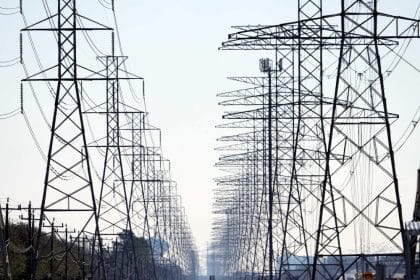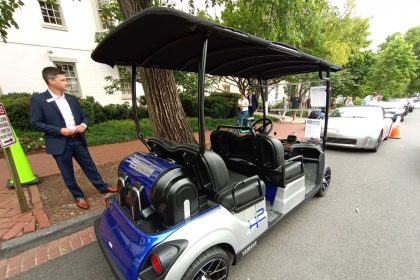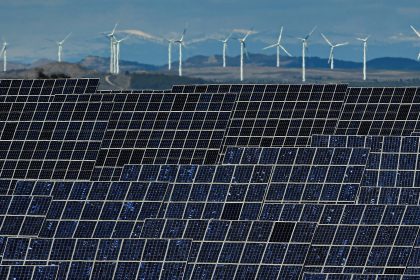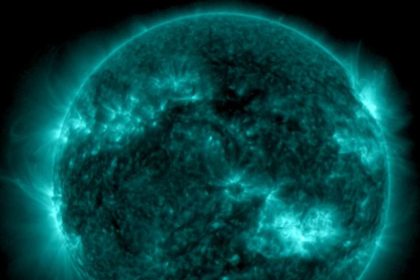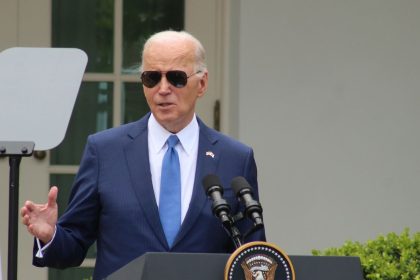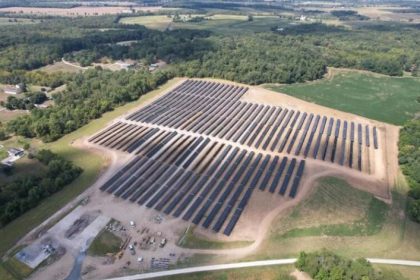Energy Department Seeks to Address Grid Interconnection Challenges
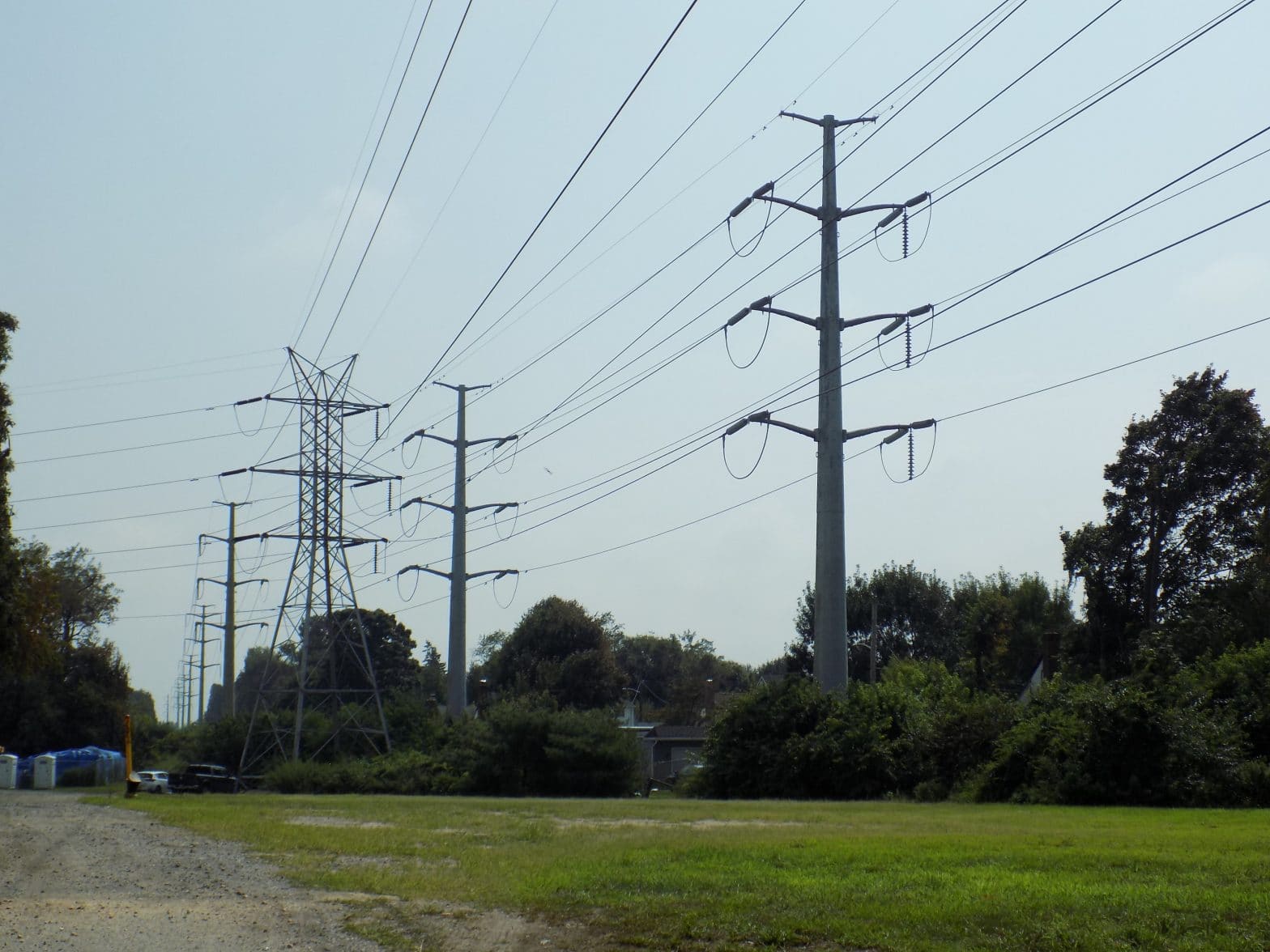
WASHINGTON — It’s one thing to say you want to deploy more renewable and green energy. It’s another to solve transmission capacity issues, reduce charges on existing lines, and deploy new digital technology to strengthen grid resilience and reduce costs.
In a bid to help, the Department of Energy has released a Transmission Interconnection Roadmap intended to serve both as a guide for implementing near- to long-term solutions to these challenges and clear the existing backlog of projects seeking to be built.
The authors will be hosting a webinar to share details and answer questions on May 14, at 1 p.m. Eastern time and 10 a.m. Pacific time.
Those interested in registering to attend may do so here.
The release of the roadmap couldn’t be more timely.
The rapid decarbonization of the U.S. electricity grid is driving a steep rise in requests to interconnect new clean energy generation resources like solar, wind and battery storage to the transmission system.
From 2000 to 2010, the United States averaged between 500 and 1,000 new transmission interconnection requests each year, according to the Energy Department.
Over the last decade, new requests have risen to 2,500-3,000 each year — a 300%-500% increase.
This backlog of requests can significantly delay clean energy deployment and lead to higher costs for project developers and electricity consumers.
The roadmap is organized around four goals, each of which the DOE says is critical to its overall mission to enable a simpler, faster and fairer interconnection of clean energy resources. These are:
- Increasing data access, transparency and security for interconnection.
- Improving interconnection process and timeline.
- Promoting economic efficiency in interconnection.
- Maintaining a reliable, resilient and secure grid.
The department developed the roadmap through its Interconnection Innovation e-Xchange initiative, which allowed for extensive stakeholder engagement while it crafted its recommendations.
This roadmap, which was led by the DOE in partnership with researchers at Lawrence Berkeley National Lab and the Energy Systems Integration Group, follows the release of Berkeley Lab’s annual “Queued Up” report, which identified nearly 2,600 GWs of generation and storage capacity actively seeking grid interconnection, an eightfold increase since 2014.
The high volume of projects and inadequate procedures for interconnection have led to uncertainties, delay, inequities and added costs for developers, end users, utilities and regulators, the department said.
Solving interconnection challenges is critical to clearing the current backlog and meeting growing electricity demand. With a resurgence in U.S. manufacturing alongside demand from new data centers, electric vehicles and building electrification, connecting new electric generation and storage is urgently needed, it said.
Each solution in the roadmap is organized into specific actions that transmission providers, interconnection customers, state agencies, federal regulators, equipment manufacturers, consumer advocates, environmental justice communities, the research community and other actors can take to contribute to a collaborative improvement process. The roadmap also sets aggressive success targets for interconnection improvement by 2030.
Dan can be reached at [email protected] and @DanMcCue

















